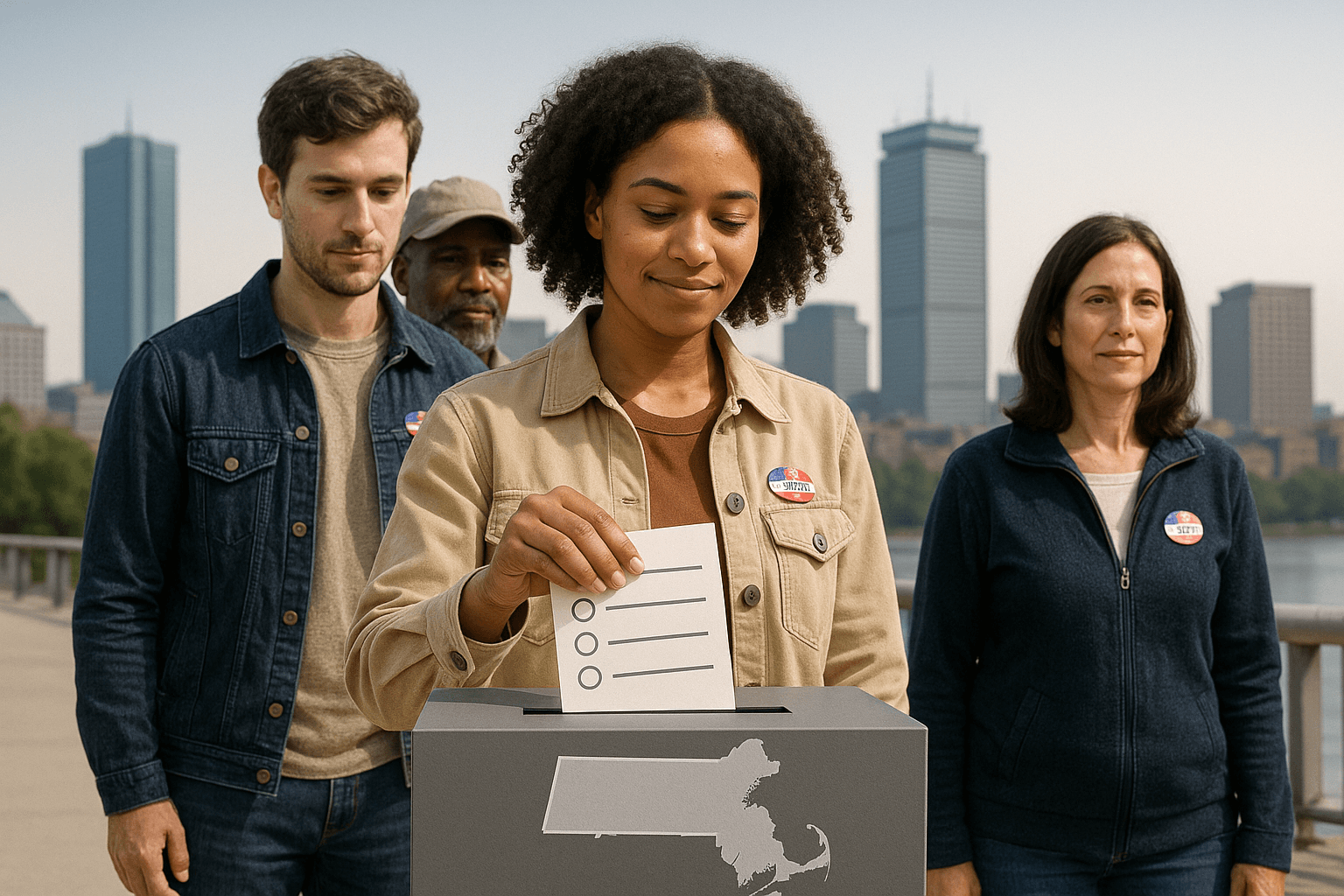Fixing Income Inequality to Strengthen Our Country

Investopedia defines Income Inequality as:
The unequal distribution of household or individual income across the various participants in an economy. Income inequality is often presented as the percentage of income to a percentage of population. For example, a statistic may indicate that 70% of a country’s income is controlled by 20% of that country’s residents. It is often associated with the idea of income “fairness”. It is generally considered “unfair” if the rich have a disproportionally larger portion of a country’s income compared to their population.
In September 2013, Shah Gilani wrote:
One report by Pulitzer Prize winning journalist David Cay Johnston conducted for Tax Analysts found incomes of the bottom 90% of Americans grew only $59 (adjusted for inflation) from 1966 to 2011, while incomes for the top 10% rose by $116,071.
In December 2013, the Pew Research Center stated:
U.S. income inequality has been increasing steadily since the 1970s, and now has reached levels not seen since 1928 In 1928, the top 1% of families received 23.9% of all pretax income, while the bottom 90% received 50.7%. …preliminary estimates for 2012 have that group receiving nearly 22.5% of all pretax income, while the bottom 90%’s share is below 50% for the first time ever.
While the above facts are relatively common knowledge, what isn’t widely known is that income inequality is directly linked to violent crime. In April 2002, the Journal of Law and Economics published a World Bank Report, titled “Inequality and Violent Crime.”
In the report, the World Bank states:
Income inequality … has a positive and significant effect on homicide rates ... the results for robberies are similar to those for homicides.
To be clear, when income inequality rises, so does violent crime.
However:
…when poverty falls ... either because income growth rises or the distribution of income improves, then crimes rates tend to fall.
Simply put, crime rates drop when incomes inequality declines.
In a September 2013 article for the American Prospect, Matt Bruenig stated:
Eradicating or dramatically cutting poverty is not the deeply complicated intractable problem people make it out to be. The dollars we are talking about are minuscule up against the size of our economy. It would take only 1 percent of GDP, or a fourth of what we spend on defense every year, to lift every American below the poverty line up above it… In 2012, the number was $175.3 billion. That is how many dollars it would take to bring every person in the United States up to the poverty line.
How do we raise that money?
In a previous article, I proposed two ways the United States could easily raise the money necessary in a two step process. First, a one percent Financial Market Transaction Tax. By itself, this would raise between $353.8 billion to $707.6 billion every year. The second part is to ban off-shoring of profits generated in the United States. This would generate approximately $150 billion a year. So we are talking somewhere around $500 billion to $850 billion of revenue alone.
Not only could we use these funds to eradicate poverty, which would lower the violent crime rate, but we could use these funds to double our national education budget. In 2013, this was $69.8 billion. We could bring it easily to $140 billion, making it a more credible investment in our children's future.
Reducing income inequality reduces costs of government.
Medical services, law enforcement, prison systems, and other civic support systems could see savings locally and nationally as a direct result of reduced violent crime. This could strengthen local, state, and the national budget further, allowing further reinvestment locally and nationally.More importantly, these additional funds could be used to bring our country’s infrastructure into the 21st century and allow us to rebuild our manufacturing sector. The government could earmark some of these funds to provide credible subsidies for solar, wind, and other renewable energy which directly strengthen our national security by reducing our requirements for foreign oil and natural gas.
Do this and everyone wins.
Corporations win because without poverty, Americans have more purchasing power. Democrats win because income inequality is credibly addressed. Republicans win due to a combination of reduced government costs and credible fiscal responsibility at all levels of income, while making our country more secure due to reducing our need for foreign oil.
With the numbers above, this could be easily achieved in as little as 4 years, provided government and corporate leadership start leading from the front instead of the board room.
No photo credit attributed




